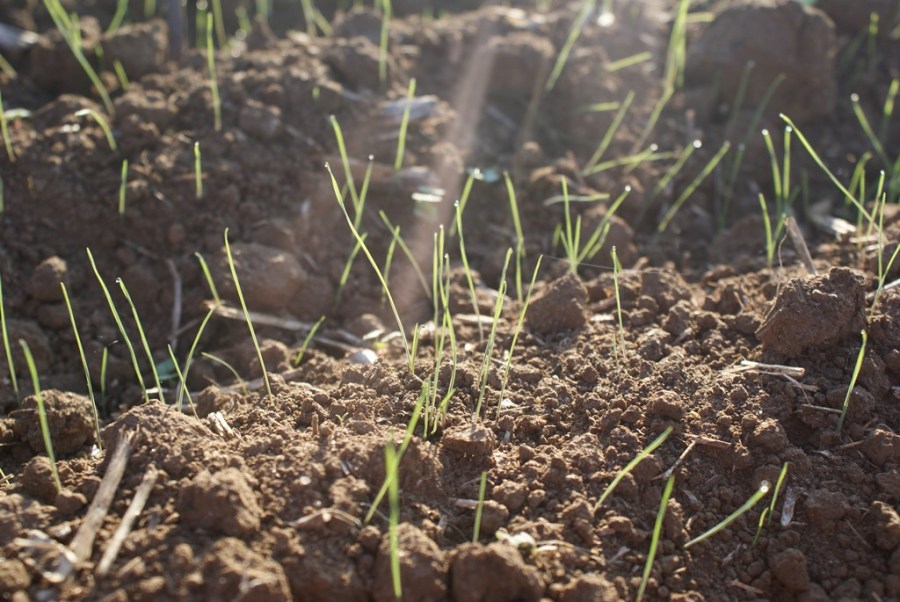Bayer grassweed testing has shown that both blackgrass and ryegrass may be developing resistance to the key active ingredient flufenacet. CPM reports.
The testing has found, in a few isolated cases, blackgrass from farms in Germany with reduced sensitivity to flufenacet. In addition, ryegrass with enhanced metabolism resistance to flufenacet is present on a small number of UK farms.
“We always knew there was a risk to herbicides such as flufenacet of enhanced metabolism resistance affecting performance,” says James Clarke, chairman of the Weed Resistance Action Group.
“However; along with other active substances flufenacet will remain a part of control programmes to deliver effective control.”
Sensitivity vs resistance
Despite reduced sensitivity being identified in blackgrass samples from Germany, there is no immediate concern for pre-emergence herbicide programmes, says Bayer’s Dr Gordon Anderson-Taylor.
“When testing for resistance we determine the amount of active substance needed to provide 50% and 90% control of a population,” he says.
“The researchers noticed that, in some samples of blackgrass, a larger dose of flufenacet was needed to reach the 50% and 90% control level compared with sensitive type blackgrass.
“But, in all samples from the UK, applications at the commercial use rate of 240g/ha still provided 90% control in lab conditions despite variability in sensitivity.”
The research also found that pendimethalin and prosulfocarb – applied as single actives – had lower efficacy against blackgrass with reduced sensitivity to flufenacet.
Integrated weed management
Fortunately, many farmers have already adopted measures like like delayed drilling, higher seed rates and spring cropping to manage blackgrass populations down to lower levels before using herbicides, so the findings shouldn’t immediately affect field management.
But product stewardship continues to be of crucial importance, so herbicides should be used in mixtures and sequences with other actives – the research showed that control of reduced sensitivity populations improved considerably by using flufenacet + diflufenican, a common choice for many producers.
Ryegrass resistance
The situation with ryegrass is more concerning. In the study, some UK populations required over 300g/ha of flufenacet applied pre-em to achieve 50% control and more than 3kg/ha for 90% control – well above the label rate of 240g/ha.
Researchers have also found ryegrass samples from France and the USA with resistance – although it is still unlikely to be widespread, explains Gordon.
“A resistance test can tell you the status of ryegrass and help you manage it more effectively. But there are three things farmers dealing with ryegrass need to do to mitigate the risk: Cultural controls, crop rotation and varying herbicide modes of action.”




